 This VMware knowledge base article provides you with the steps to restart the management agents mgmt-vmware / vmware-vpxa directly
This VMware knowledge base article provides you with the steps to restart the management agents mgmt-vmware / vmware-vpxa directly
 This VMware knowledge base article provides you with the steps to restart the management agents mgmt-vmware / vmware-vpxa directly
This VMware knowledge base article provides you with the steps to restart the management agents mgmt-vmware / vmware-vpxa directly
 QNAP TS-259 Pro+ up to two 3.5-inch SATA hard disk drives with Intel Atom 1.8GHz dual core processor and advanced iSCSI services in an all-in-one server application with VMware and Citrix certification
QNAP TS-259 Pro+ up to two 3.5-inch SATA hard disk drives with Intel Atom 1.8GHz dual core processor and advanced iSCSI services in an all-in-one server application with VMware and Citrix certification

 VMware VMDirectPath I/O allows a guest operating system on a virtual machine to directly access physical PCI and PCIe devices connected to a host. Each virtual machine can be connected to up to two PCI devices. PCI devices connected to a host can be marked as available for passthrough from the Hardware Advanced Settings in the Configuration tab for the host. This direct path or passthrough can improve performance for VMware vSphere systems that utilize high‐speed I/O devices such as 10 Gigabit Ethernet
VMware VMDirectPath I/O allows a guest operating system on a virtual machine to directly access physical PCI and PCIe devices connected to a host. Each virtual machine can be connected to up to two PCI devices. PCI devices connected to a host can be marked as available for passthrough from the Hardware Advanced Settings in the Configuration tab for the host. This direct path or passthrough can improve performance for VMware vSphere systems that utilize high‐speed I/O devices such as 10 Gigabit Ethernet
 Oracle Real Application Clusters (RAC) is used to run critical databases with stringent performance requirements. A series of tests recently were run in the VMware performance lab to determine how an Oracle RAC database performs when running on vSphere 4.1
Oracle Real Application Clusters (RAC) is used to run critical databases with stringent performance requirements. A series of tests recently were run in the VMware performance lab to determine how an Oracle RAC database performs when running on vSphere 4.1
But Oracle has not certified any of its products on VMware virtualized environments. Oracle Support will assist customers running Oracle products on VMware in the following manner – Oracle will only provide support for issues that either are known to occur on the native OS or can be demonstrated not to be as a result of running on VMware
 Using DNS-resolved names to specify network destinations is not supported with VMware Data Recovery. When adding network destinations using Configure Destinations enter an IP address. For example use \\172.20.3.33\VDR rather than \\<server name>\VDR
Using DNS-resolved names to specify network destinations is not supported with VMware Data Recovery. When adding network destinations using Configure Destinations enter an IP address. For example use \\172.20.3.33\VDR rather than \\<server name>\VDR

 Microsoft Terminal Server Session Broker Load Balancing does Session Based Load Balancing not resource based Load Balancing. This means that Session Broker Load Balancing in Windows Server 2008 works by taking a look at just the user load on a Terminal Server including disconnected sessions – if you want to take CPU usage Memory usage Disk usage and stuff like that into account you’re out of luck
Microsoft Terminal Server Session Broker Load Balancing does Session Based Load Balancing not resource based Load Balancing. This means that Session Broker Load Balancing in Windows Server 2008 works by taking a look at just the user load on a Terminal Server including disconnected sessions – if you want to take CPU usage Memory usage Disk usage and stuff like that into account you’re out of luck
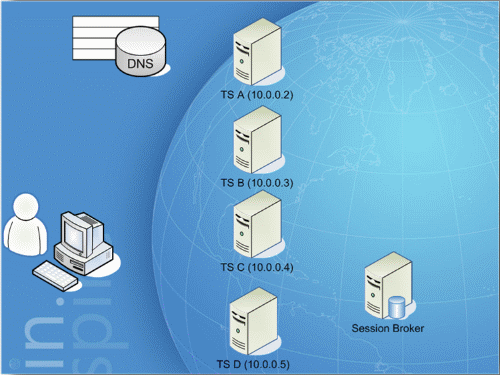
 VMware vSphere 4 Essentials Plus licence does not include SCSI Hot-Add. The SCSI Hot-Add feature in vSphere allows one virtual machine running a backup application to mount the disk of another so it can read the data from it and write it to destination media. Doing this removes the backup traffic from the network as the VM running the backup application uses the VDDK to access the disk and all I/O requests to it are sent directly down the VMkernel I/O path
VMware vSphere 4 Essentials Plus licence does not include SCSI Hot-Add. The SCSI Hot-Add feature in vSphere allows one virtual machine running a backup application to mount the disk of another so it can read the data from it and write it to destination media. Doing this removes the backup traffic from the network as the VM running the backup application uses the VDDK to access the disk and all I/O requests to it are sent directly down the VMkernel I/O path

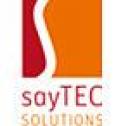 The virtualisation of server systems reduces costs and the complexity of the IT environment – with the sayFUSE VM Server a cost-effective solution which can be combined ideally with the fast hard disk-based data backup system sayFUSE Backup
The virtualisation of server systems reduces costs and the complexity of the IT environment – with the sayFUSE VM Server a cost-effective solution which can be combined ideally with the fast hard disk-based data backup system sayFUSE Backup
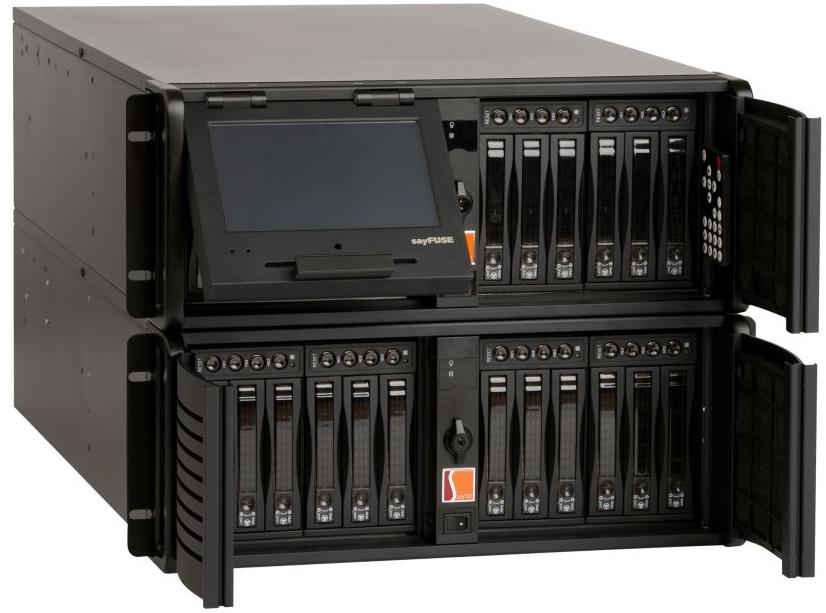
 The Paper Performance Best Practices for VMware vSphere 4.1 – provides performance tips which cover the most performance critical areas
The Paper Performance Best Practices for VMware vSphere 4.1 – provides performance tips which cover the most performance critical areas
 VMware has released a paper titled – Microsoft Exchange 2010 on VMware vSphere Best Practices Guide – the paper provides guidance on how to deploy Microsoft Exchange 2010 on VMware vSphere
VMware has released a paper titled – Microsoft Exchange 2010 on VMware vSphere Best Practices Guide – the paper provides guidance on how to deploy Microsoft Exchange 2010 on VMware vSphere
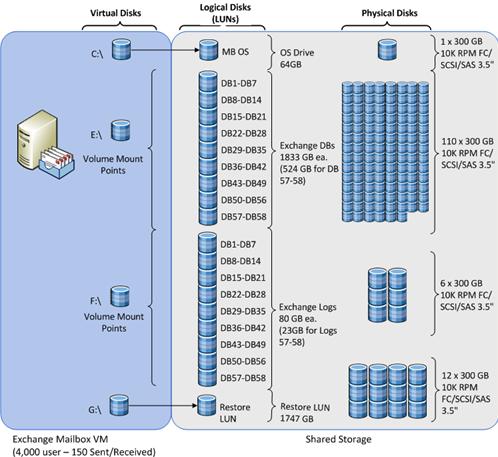
 VMware vSphere 4.1 now fully supports application level quiescing through VSS. VMware Data Recovery uses different quiescing mechanisms depending on the guest operating system that you run in your virtual machines
VMware vSphere 4.1 now fully supports application level quiescing through VSS. VMware Data Recovery uses different quiescing mechanisms depending on the guest operating system that you run in your virtual machines
For application consistent quiescing to be available three conditions must be met:
– The UUID attribute must be enabled. This is enabled by default on virtual machines created on ESX 4.1 hosts
– The virtual machine must use only SCSI disks. For example, application-consistent quiescing is not supported for virtual machines with IDE disks. There must as many free SCSI slots in the virtual machine as the number of disks. For example if there are 8 SCSI disks on SCSI adapter 1 there are not enough SCSI slots free to perform application quiescing.
– The virtual machine must not use dynamic disks
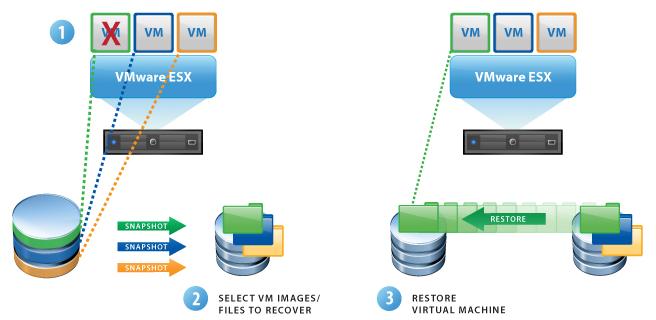
 VMTurbo Watchdog is a FREE tool to help virtualization administrators to detect analyze troubleshoot and resolve virtual infrastructure problems before they escalate to impair application performance
VMTurbo Watchdog is a FREE tool to help virtualization administrators to detect analyze troubleshoot and resolve virtual infrastructure problems before they escalate to impair application performance
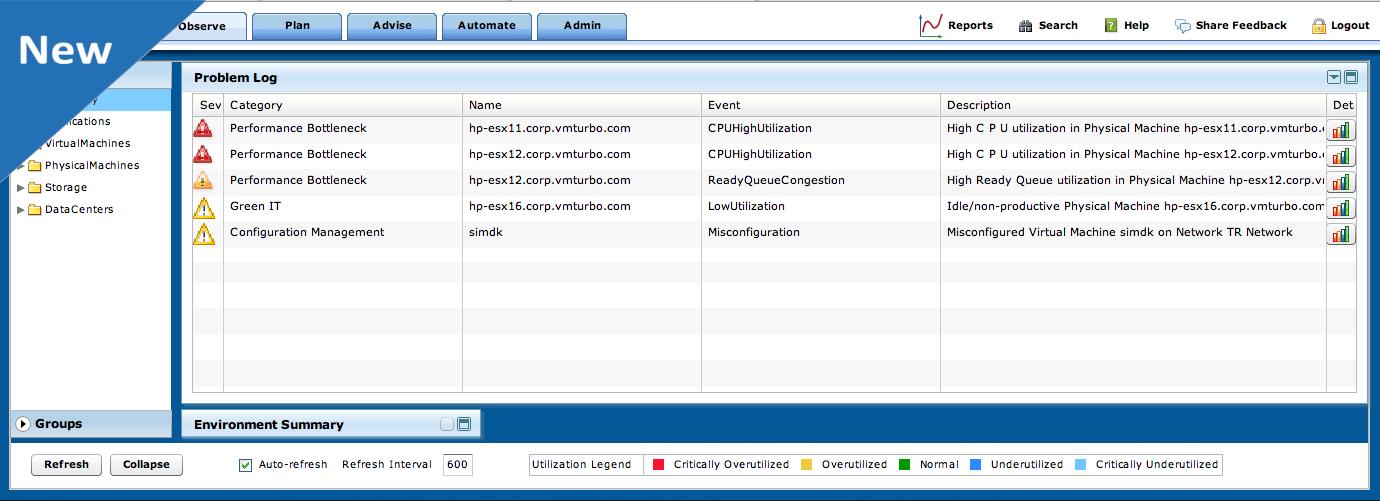
 Der Dell PowerEdge R815 Server – ist jetzt mit 4 Sockeln auf 2HE Bauhöhe und den allerneuesten AMD Opteron Prozessoren mit bis zu 48 Prozessorkernen und 256 GB Memory verfügbar
Der Dell PowerEdge R815 Server – ist jetzt mit 4 Sockeln auf 2HE Bauhöhe und den allerneuesten AMD Opteron Prozessoren mit bis zu 48 Prozessorkernen und 256 GB Memory verfügbar

 The VMware vSphere PowerCLI Administration Guide which contains 31 pages provides information about using the VMware vSphere PowerCLI cmdlets (pronounced commandlets) set that ships with vSphere PowerCLI for managing monitoring automating and handling life-cycle operations for VMware vSphere components
The VMware vSphere PowerCLI Administration Guide which contains 31 pages provides information about using the VMware vSphere PowerCLI cmdlets (pronounced commandlets) set that ships with vSphere PowerCLI for managing monitoring automating and handling life-cycle operations for VMware vSphere components